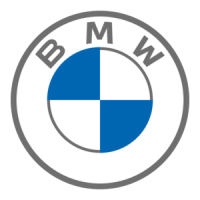38
b
c
da
7 WHEELS AND TYRES.
The wheel consists of the hub, the spokes and the rim. The tyre is
mounted onto the rim so that it encases the inner tube. There is a rim
tape running around the trough of the rim to protect the sensitive inner
tube against the spoke nipples and the edges of the rim trough, which
are often sharp (a).
The wheels are subjected to considerable stress through the weight of
the rider and any carried baggage as well as through bumpy road sur-
faces and terrain. Although wheels are manufactured with great care and
delivered accurately trued, this does not prevent the spokes and nipples
from losing a little tension on the rst kilometres/miles. Therefore, ask
at a bicycle specialist shop of your trust to check and true up the wheels
after you have bedded them in over about 100 to 300 kilometres (60 to
180 miles) or 5 to 15 hours of use.
Check the wheels regularly, especially after bedding them in. It will rarely
be necessary to tighten the spokes (b).
7.1 Tyres, Tubes, Rim Tape, Valves,
Ination Pressure.
The tyres should provide the friction needed for carrying the bicycle
forward on the riding surface. At the same time they should grant
minimum rolling friction and enhance the rider’s comfort by absorbing
small shocks. Both the rolling friction and the grip depend on the nature
of the tyre carcass, the rubber compound and the type of tyre prole.
At a bicycle specialist shop of your trust they will be pleased to help you
choose from the numerous types of tyres (c+d).
If you want to replace a tyre, you need to consider the sizing system and
the actual size of the old tyre. The latter is specied in two different units
on the side of the tyre. One of the sizes is the standardised size in milli-
metres which is more precise, e.g. the number sequence 52-559 means
that the tyre is 52 mm wide when fully inated and has an inner diameter
of 559 millimetres. The other size is indicated in inches (26x2.35).
Mounting a new tyre of another dimension might possibly
cause the tip of your shoe to touch the front wheel while steer-
ing. During compression of the suspension system a wheel can
get jammed, as well. Risk of accident!
Tyres have to be inated to the correct air pressure. Properly inated
tyres are also more resistant to punctures. An insufciently inated tyre
can easily get pinched (“snakebite”), when it goes over a sharp kerb.

